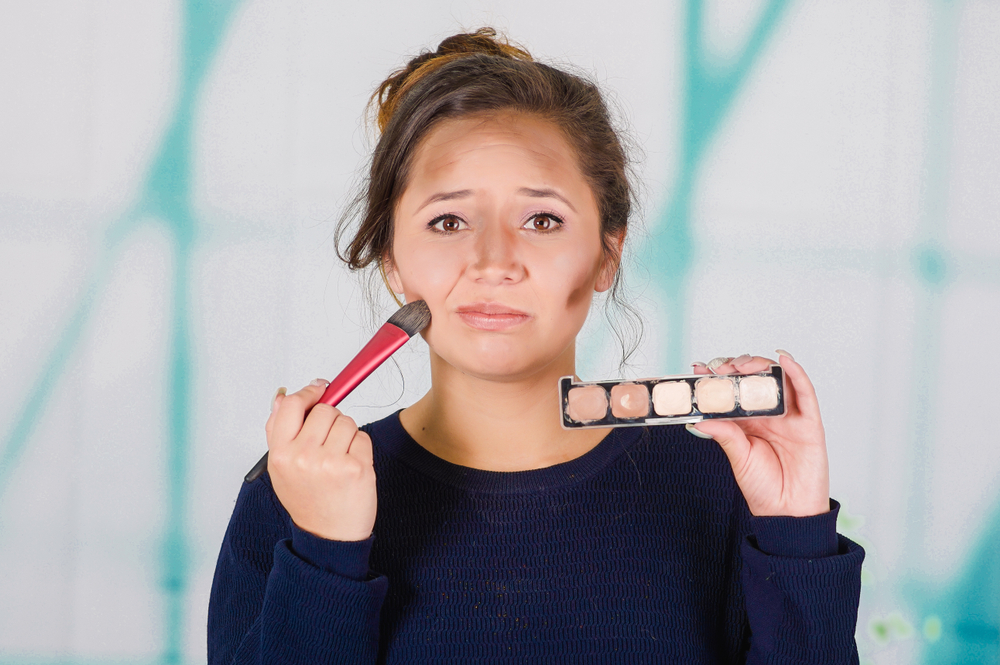We all like to think of our homes as sanctuaries from the world’s chaos. But what if your cozy cocoon is hiding some not-so-obvious health hazards? Cancer prevention might not be the first thing you associate with home decor, but it’s time to merge your flair for style with some health-savvy choices. From the air you breathe to the products you use, these simple yet effective tips will help you create a healthier home without compromising on aesthetics or functionality.
1. Test For This Common Radioactive Gas

Radon might not be on your radar, but this invisible intruder can pose serious health risks. It’s a radioactive gas that can seep into homes through cracks in floors or walls, and long-term exposure is a leading cause of lung cancer. According to the U.S. Environmental Protection Agency, testing your home for radon is crucial, especially since it’s not detectable without the right equipment. Many home improvement stores sell affordable radon test kits, allowing you to check your levels easily.
If you discover high radon levels, don’t panic—there are effective mitigation systems available. These systems vent radon gas outside, significantly reducing the concentration inside your home. It might require an initial investment, but your lungs will thank you in the long run. Ensure that your home is a safe haven by keeping this silent threat in check.
2. Be Careful What You Put On Your Walls
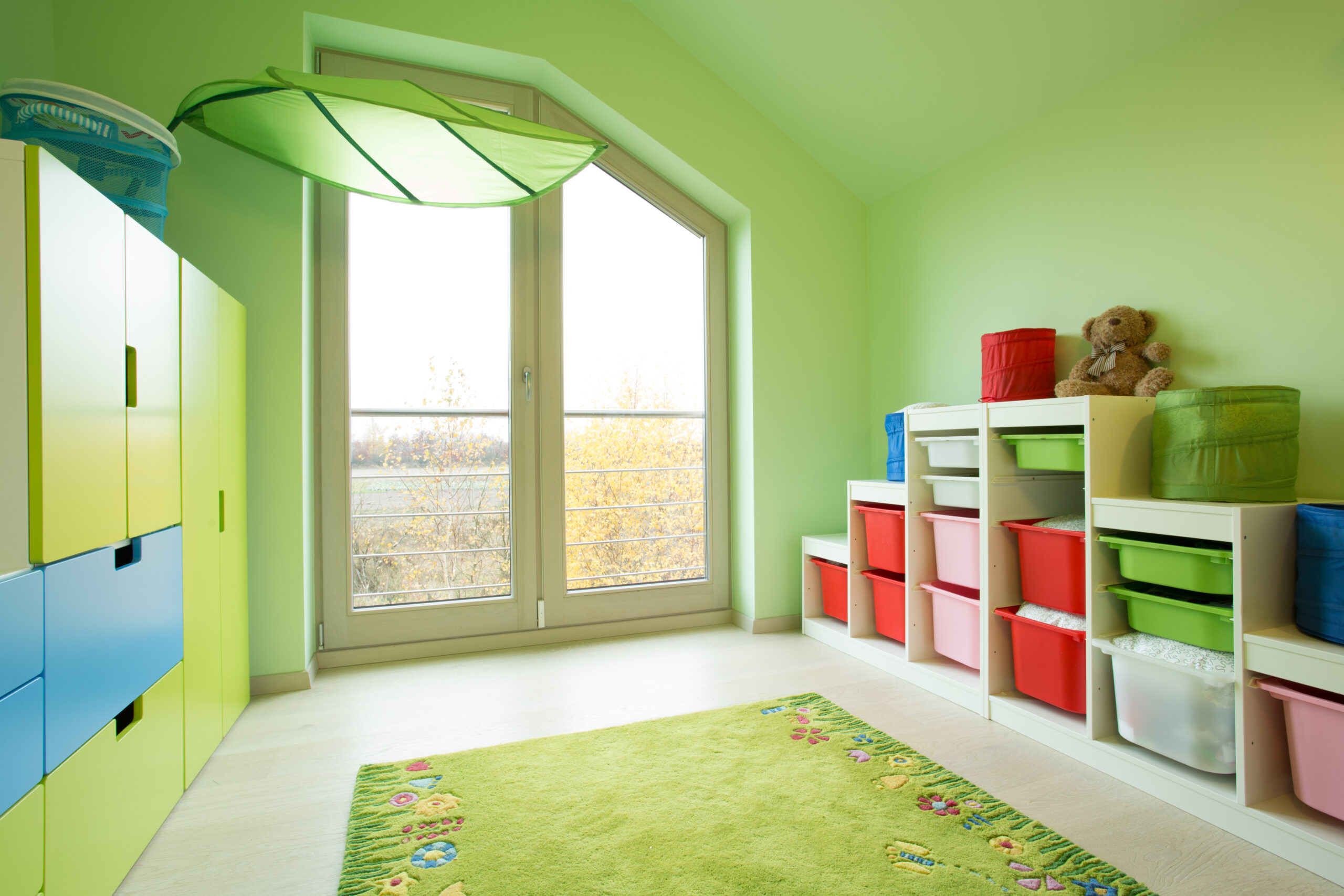
When refreshing your walls, consider low-VOC (volatile organic compound) paints. Traditional paints release harmful chemicals into your home’s air, which can contribute to health issues over time. VOCs are linked to respiratory diseases and some cancers. Opt for paints labeled as low-VOC or zero-VOC to reduce potential risks while adding a splash of color to your life.
The good news is that low-VOC paints come in a wide array of shades and finishes. They dry quickly and have minimal odor, making your painting experience much more pleasant. With these options, you won’t have to sacrifice your design dreams for health benefits. Plus, creating a safer indoor environment can be as simple as selecting the right can of paint.
3. Invest In A Professional Filtration System

Let’s talk water—hydration is key, but what’s hiding in your glass might not be so refreshing. Your tap water can contain carcinogens like chlorine and lead, depending on your local supply. The Centers for Disease Control and Prevention confirms that filtering your tap water can significantly reduce these harmful substances. This simple step helps prevent potential health risks and improves the taste of your water, making hydration a more enjoyable experience.
There are several types of filters to consider, from pitchers to under-sink systems. Each has its pros and cons, so evaluate your household needs before making a purchase. A good filter not only removes contaminants but also preserves beneficial minerals, ensuring you get the best out of every drop. Invest in a reliable water filter and raise your glass to better health—cheers!
4. Only Buy Organic Cleaning Products

Your cleaning routine should leave your home spotless, not toxic. Many conventional cleaning products contain chemicals that can irritate the lungs and skin, and long-term exposure has been linked to more serious health issues. Switching to eco-friendly, organic cleaning products can reduce these risks without compromising cleanliness.
Organic cleaning solutions often use natural ingredients like vinegar, baking soda, and essential oils. They can tackle dirt and grime while leaving a pleasant scent. Making the switch can be as simple as replacing a few staple products at a time. By doing so, you create a healthier home environment that’s kind to your body and the planet.
5. Throw Out Your Plastic, Replace It With Glass
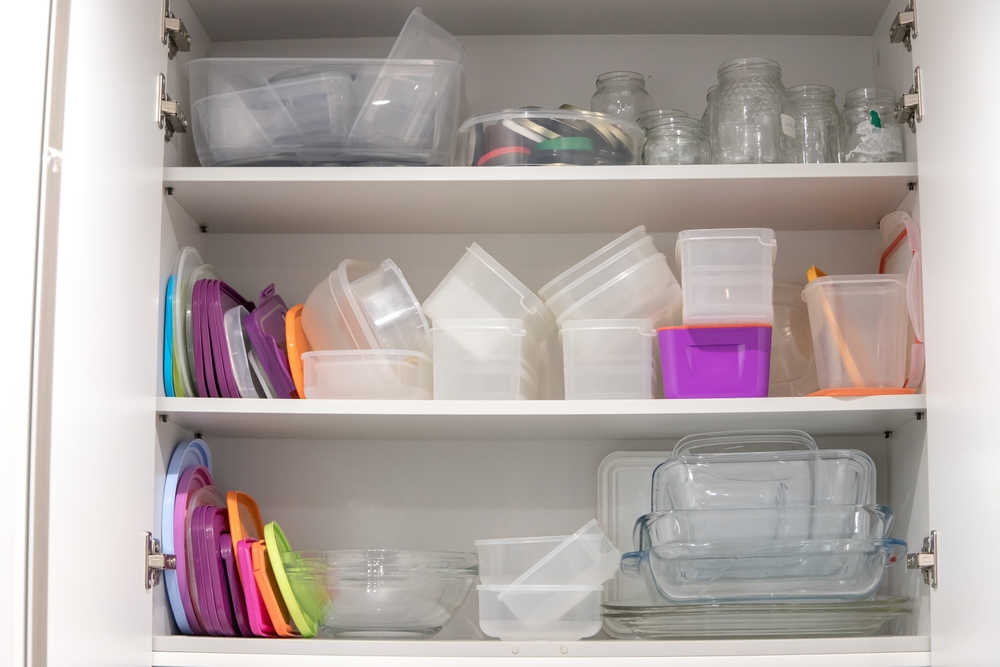
Plastic might be convenient, but it can also be problematic, especially when it comes to food storage. Many plastics leach chemicals like BPA and phthalates, which have been linked to various health issues, including cancer. Switching to glass or stainless-steel containers can help you avoid these risks, according to the National Institute of Environmental Health Sciences. Glass is a durable, non-toxic option that keeps your food tasting fresh without adding harmful substances.
Beyond health benefits, glass containers offer aesthetic and functional perks. They’re see-through, making it easy to identify contents at a glance, and they transition seamlessly from the fridge to the microwave or oven. They’re also easier to clean and don’t retain odors or stains. Elevate your kitchen game with glass—it’s a stylish, safe choice that’s built to last.
6. Switch To Natural Air Fresheners
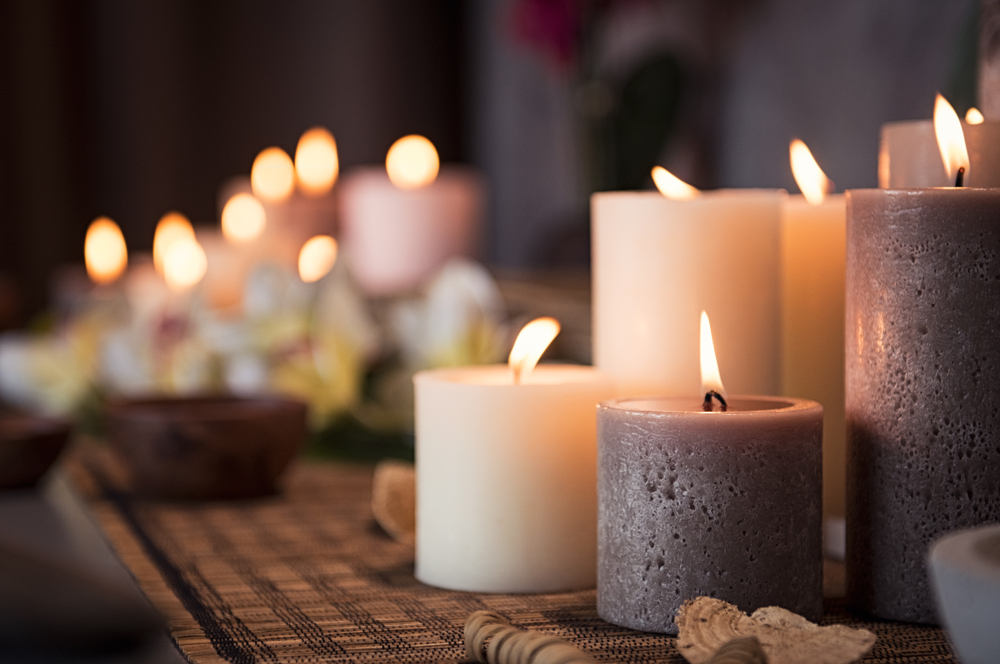
Artificial air fresheners may mask odors, but they also introduce a cocktail of chemicals into your home. Many contain phthalates and other toxins linked to cancer and respiratory issues. Instead, try natural alternatives like essential oils or homemade concoctions using ingredients such as citrus peels and herbs. These options provide pleasant scents without the health risks, creating an inviting atmosphere that’s truly fresh.
Incorporating natural air fresheners can be a fun, creative process. Experiment with different combinations to find a signature scent that suits your home’s vibe. Additionally, consider using plants like lavender or jasmine, which naturally purify the air. By going green with your air fresheners, you contribute to a healthier indoor environment while indulging your senses.
7. Ventilate Your Space Properly

Good ventilation is key to a healthy home, as it helps expel pollutants and bring in fresh air. Poor indoor air quality can exacerbate allergies and contribute to long-term health issues, including cancer, according to the U.S. Environmental Protection Agency. Regularly opening windows or using exhaust fans in kitchens and bathrooms can significantly improve air circulation. This simple step ensures that harmful particles don’t linger, keeping your home environment fresh and safe.
Consider investing in an air purifier to enhance your air quality further, especially if you live in a highly polluted area. Modern purifiers can capture allergens, dust, and even some viruses, reducing the overall pollutant load. Remember, a breath of fresh air isn’t just a cliché—it’s a vital component of a cancer-free home. Prioritize ventilation to enjoy both immediate comfort and long-term wellness.
8. Upgrade To A Safer Mattress

We spend a third of our lives on our mattresses, so choosing the right one is crucial for health. Traditional mattresses can off-gas harmful chemicals, including flame retardants linked to cancer. Opt for mattresses made from organic materials like natural latex or wool, which are free from these toxins. Not only are they safer, but they also offer excellent support and comfort, enhancing sleep quality.
When shopping for a mattress, check for certifications like GOTS (Global Organic Textile Standard) or GOLS (Global Organic Latex Standard) to ensure it meets safety and sustainability standards. Additionally, maintain your mattress by using washable covers and airing it out regularly. Investing in a good mattress is an investment in your health, providing a safe, restful sleep environment.
9. Practice Mindful Cooking
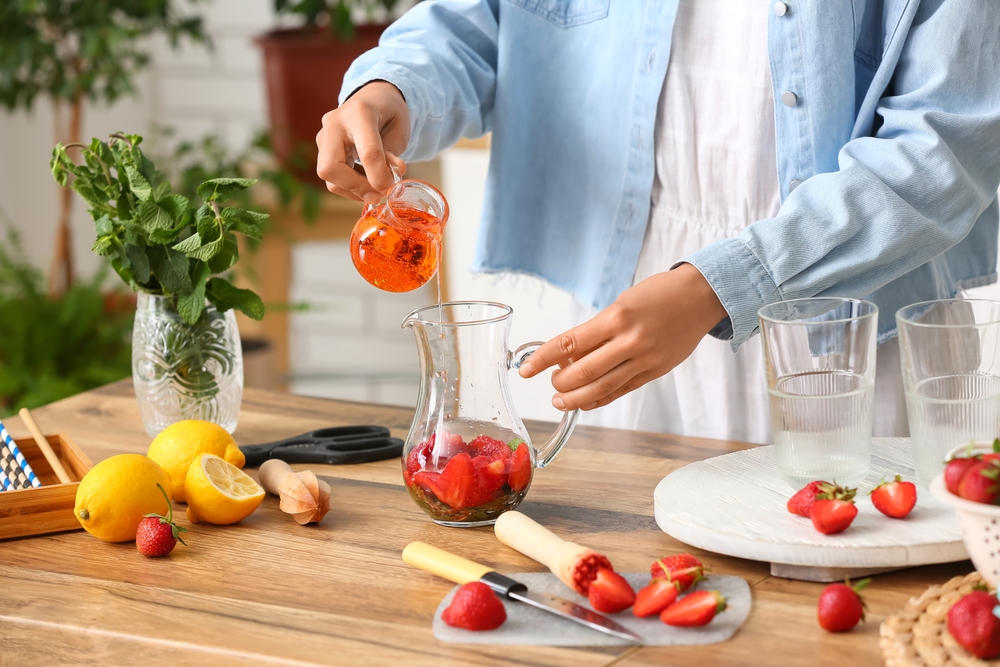
How you cook your meals can impact your health, so it’s important to be mindful of your methods. Avoid using non-stick pans that can release toxic fumes when overheated. Instead, choose stainless steel, cast iron, or ceramic cookware, which are safer alternatives. These options not only improve the safety of your meals but also enhance flavor through even heat distribution.
Also, pay attention to how you cook your food. Grilling, broiling, and frying at high temperatures can produce carcinogens. Opt for steaming, boiling, or baking instead, which preserve nutrients while minimizing harmful compounds. By cooking with care, you not only protect your health but also create delicious, wholesome meals.
10. Purge Synthetic Scented Products
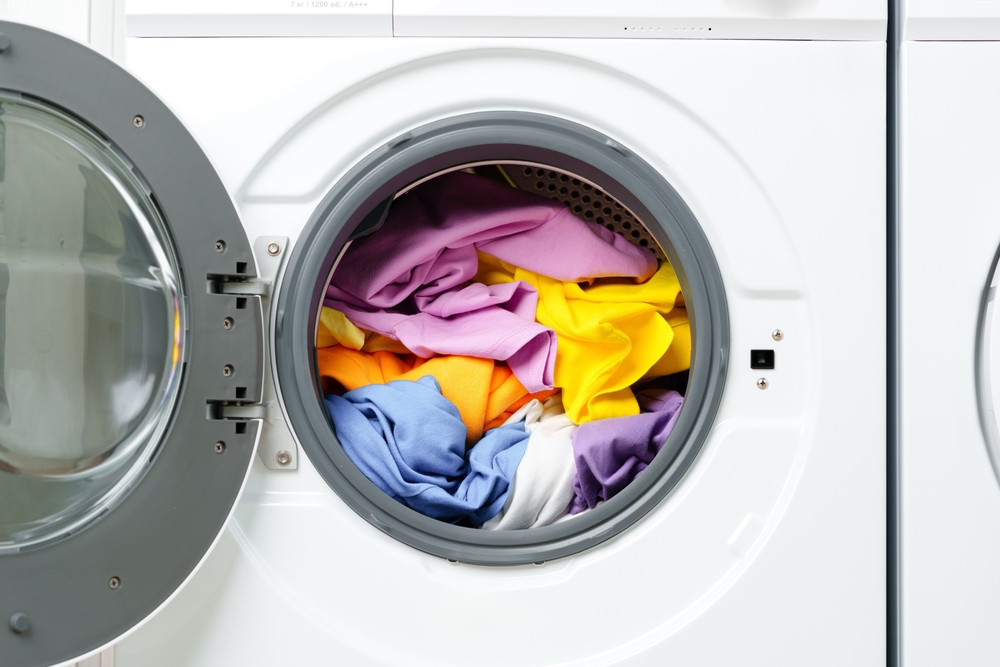
Synthetic fragrances are prevalent in everything from perfumes to laundry detergents, yet they can harbor harmful chemicals. Many contain phthalates and other substances that disrupt hormones and potentially contribute to cancer risk. Switch to products labeled as “fragrance-free” or those using natural scents derived from essential oils. This simple change can significantly reduce your exposure to toxins while still allowing you to enjoy pleasant smells.
Becoming more fragrance-conscious means closely examining the labels of the products you purchase. Even items marketed as “natural” can contain misleading ingredients, so do your research. Embrace minimalism with your scent choices, focusing on quality over quantity. A fresh-smelling home doesn’t need to come at the expense of your health.
11. Grow Indoor Plants

Indoor plants do more than just beautify your space—they’re natural air purifiers. Plants like snake plants, spider plants, and pothos can remove toxins such as formaldehyde and benzene from the air. Incorporating these green companions into your home decor is an easy, effective way to enhance air quality. Plus, tending to plants can be a calming, rewarding hobby, contributing to overall mental well-being.
Select plants that fit your lifestyle and consider factors like light and maintenance requirements. Even with a hectic schedule, low-maintenance varieties can thrive with minimal care. Not only will your air be cleaner, but your home will also feel more vibrant and inviting. Embrace your inner gardener and reap the health benefits.
12. Know What Clean Beauty Looks Like
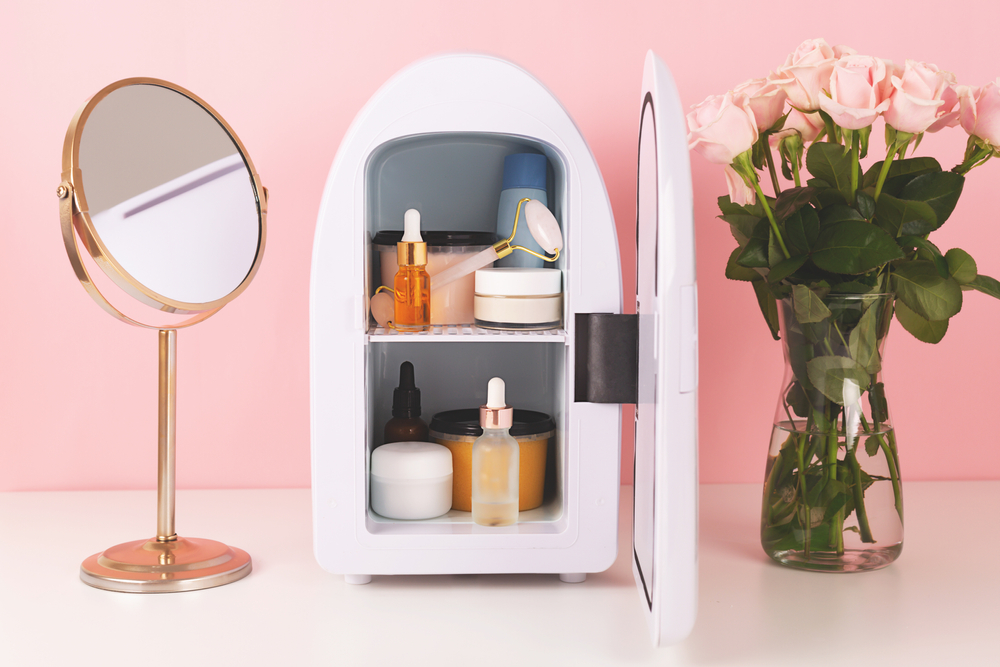
The products you use on your skin can impact your health, as they often contain ingredients that penetrate the bloodstream. Many conventional cosmetics and skincare products include parabens and phthalates, which have been associated with cancer. Opt for brands that prioritize clean, non-toxic formulations and support companies committed to transparency and ethical practices. This switch benefits your health while supporting a market shift towards safer, greener products.
Navigating the personal care aisle can be daunting, but look for certifications like USDA Organic or EWG Verified to guide your selections. Also, consider simplifying your routine by choosing multipurpose products. By being mindful of the ingredients in your personal care items, you reduce your exposure to harmful chemicals while nurturing your skin.
13. Clear Out The Chemicals And Clutter

Clutter can contribute to stress and obscure potential hazards, so adopting a minimalist approach can boost both mental and physical health. Focusing on quality over quantity allows you to curate a space filled with meaningful, safe items. This mindset encourages you to be more discerning with purchases, opting for non-toxic, sustainable options. A minimalist home is often easier to clean and maintain, reducing dust and allergen buildup.
Start by decluttering one area at a time, and be ruthless in your decision-making. Donate or recycle items that no longer serve you, and invest in versatile pieces that align with your lifestyle and values. A clutter-free space can lead to a clearer mind and a healthier home environment. Embrace minimalism not just as a design choice, but as a lifestyle commitment to wellness.

Abisola is a communication specialist with a background in language studies and project management. She believes in the power of words to effectively connect with her audience and address their needs. With her strong foundation in both language and project management, she crafts messages that are not only clear and engaging but also aligned with strategic goals. Whether through content creation, storytelling, or communication planning, Abisola uses her expertise to ensure that her messages resonate and deliver lasting value to her audience.

